The Salpa Line trail
The Salpa Line is the largest construction project in Finland’s history. It was created as a deterrent, so that the enemy wouldn’t dare attack. The Finns suspected that the Soviet Union, not satisfied with the territorial gains they had made during the Winter War (1939–1940), would plan another invasion.
Built at the beginning of the 1940s in preparation for another war, The Salpa Line spans more than 1000km along Finland’s eastern border. It contains a total of 728 field fortifications either made from concrete or excavated from rock. Sweden provided assistance in the construction, both financially and in the form of manpower.
The line’s southern part was the most strongly fortified. The Salpa Line can be explored by following the South-East Salpa trail, which is a 50km one-way hiking route in Virolahti and Miehikkälä. There are points of interest suitable for everyone: formal museums, accessible roadside features as well as more hidden fortifications for the adventurous traveller, found off the beaten path.
For those interested in military history, the Salpa trail is an endless treasure trove. Along the trail are 13 picnic and overnight spots as well as 4 reservable saunas. A mountain bike is the ideal mode of transport for this route.
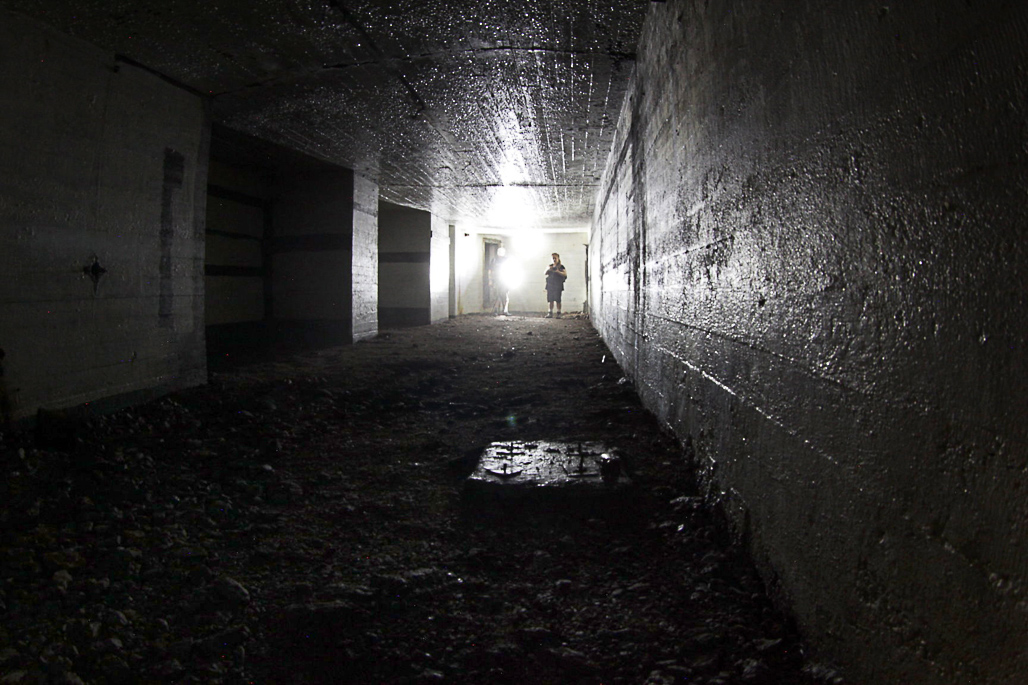
For the trail, wear good footwear and bring a powerful lamp, preferably two. The bunkers can be dangerous and dark places. There might be water on the floor or ice, even in the summer. The walls often have iron fixings and there can be metal rods poking down from the roof. Sewer lids might also be missing and some wooden structures may be rotten. Explore the bunkers at your own risk!
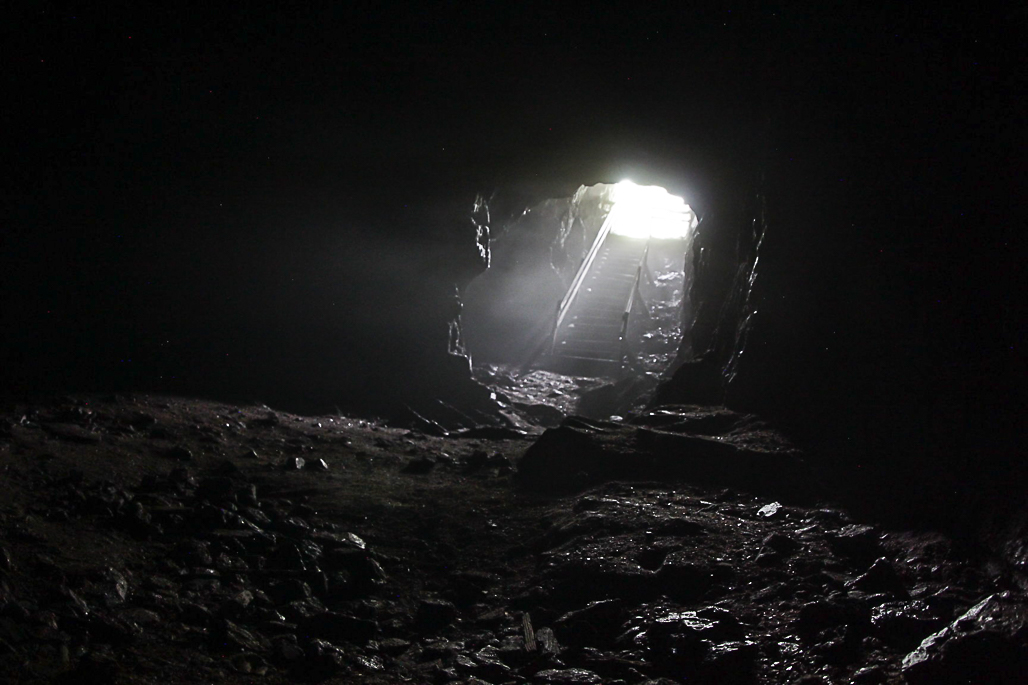
Almost all of The Salpa Line’s 25 caves are unfinished. They were intended to be accommodation dugouts for soldiers and regimental aid stations, where men injured in battle had their worst wounds dressed before sending them away from the front line for further treatment. With each step you can sense the past all around you.
5 points of interest on the Salpa line.
- Ventovuori area, Virolahti
The Salpa line’s best offering for the independent traveller. In a small area you will find three cave systems, a dugout and a petrol filling station. Map.

- Anti-tank barrier fence (dragon’s teeth)
Hundreds of miles long, this barrier, normally made from concrete blocks, is made with large blocks of excavated natural rock stacked several rows deep. For each rock, a hole was dug half a metre deep, leaving the rest of the rock poking out one metre above the ground. The fence can be seen in the yard of Virolahti’s bunker museum. Map
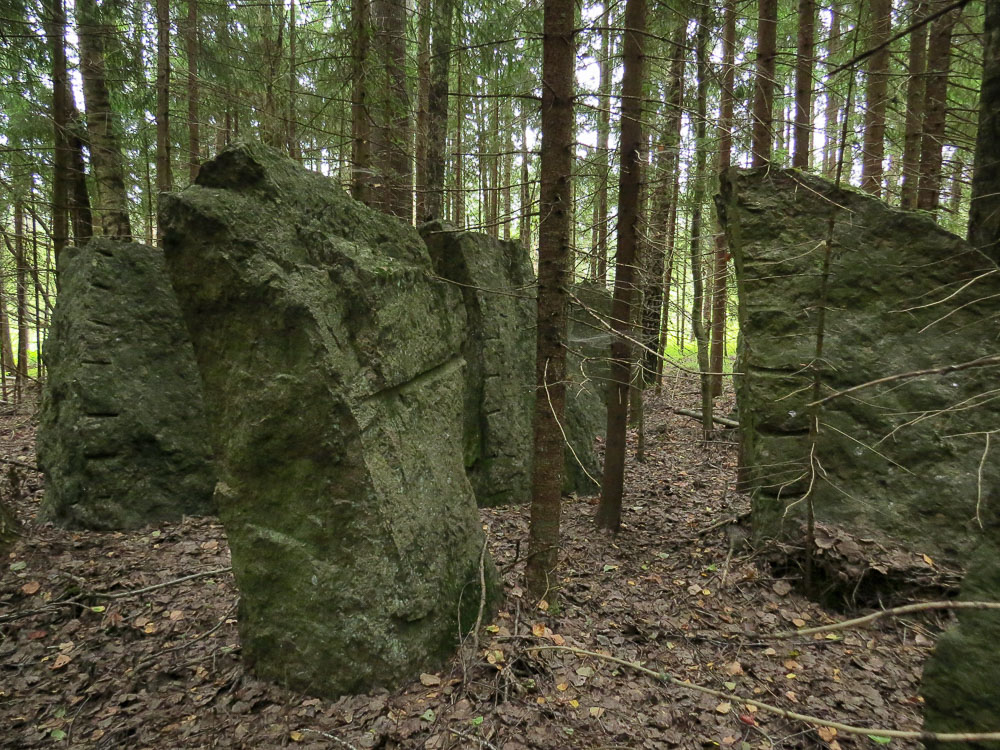
- Pääkaupunginkallio – The Capital’s Rock
A 14 metre high and 50 metre long vertical rock wall, from which stone was quarried for building materials. Map
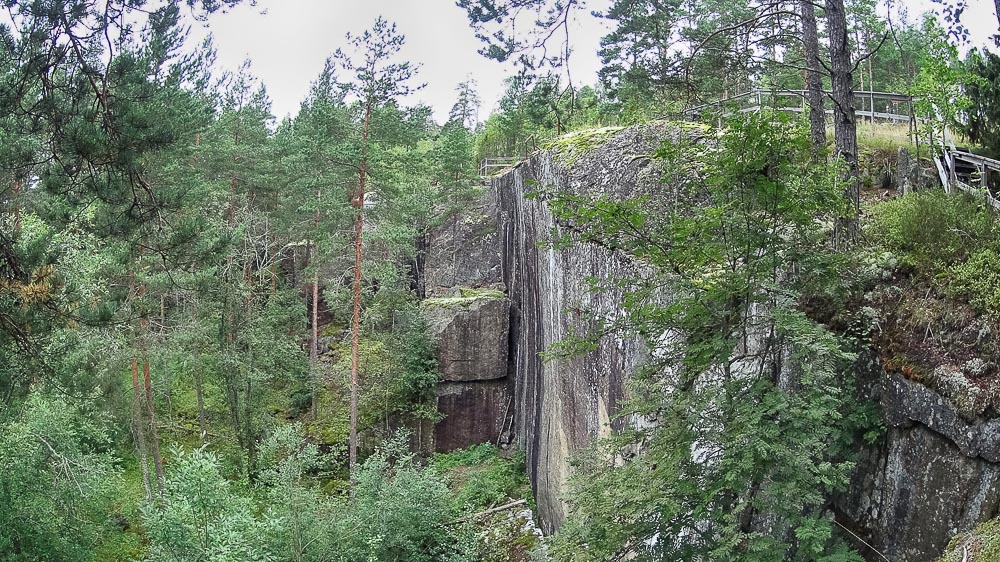
- Klamila cannon batteries
The round cannon battery is a thought-provoking sight. This was the firing position for a 152/45 C -type gun. Ammunition stores, as well as accommodation facilities are located at its periphery. Map
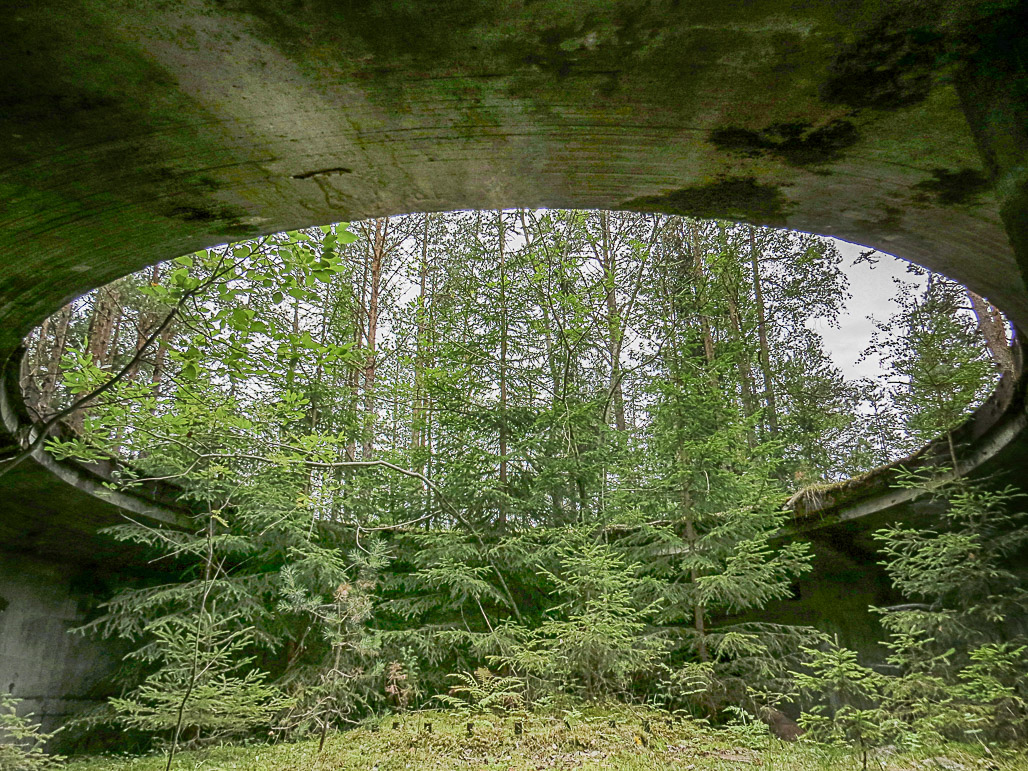
- The Salpa Line Museum
There are many trails in the area, along which you can explore the history and construction of The Salpa Line. There’s an exhibition inside the museum as well as a short film. Other things to see include a wooden aircraft control tower and one of the better known tanks from the Second World War, the T-34. Map
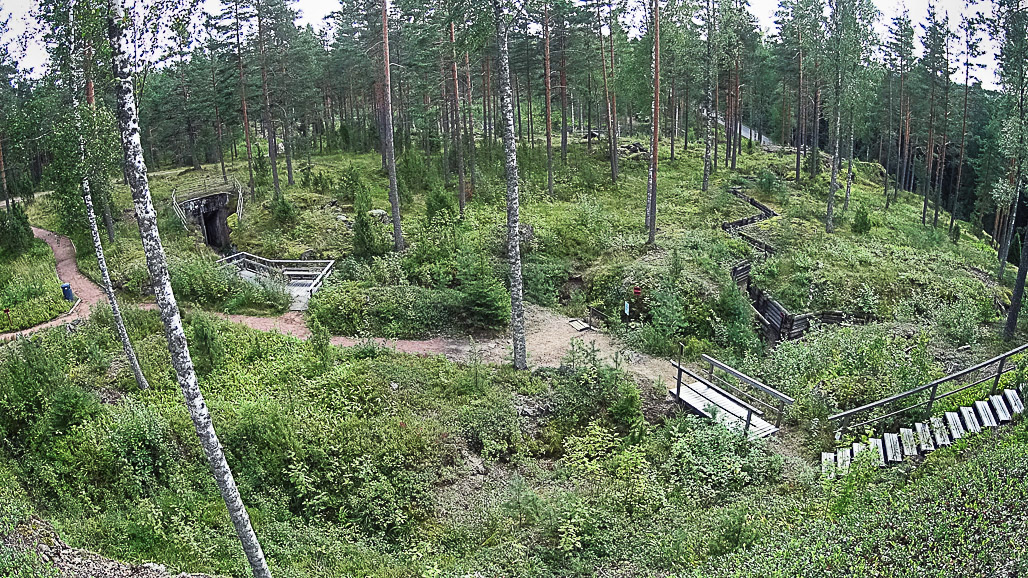
5 CAVE SYSTEMS
- Salmenkylä tunnel, Hamina
A 20-metre-long cave, which is almost completely in its original condition. The floor is concrete and the furnaces and smoke ducts are made from moulded bricks. Map
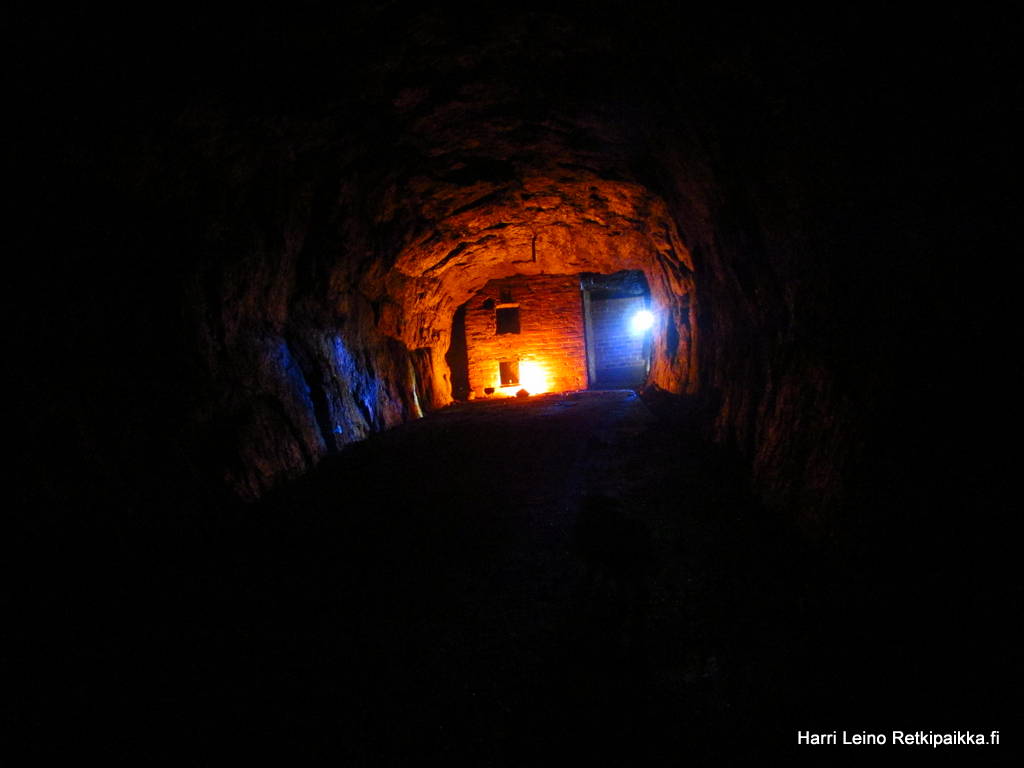
- Lusikkovuori cave, Lappeenranta
The largest cave on the Salpa line is located in Lusikkovuori and was made by 400 men. In winter, icicles of up to one metre in height grow upward from the ground. The cave is open by request and can also be booked for private events and concerts. You can inquire about guided tours from Hilkka Suoanttila, tel. 040 565 4462. Map
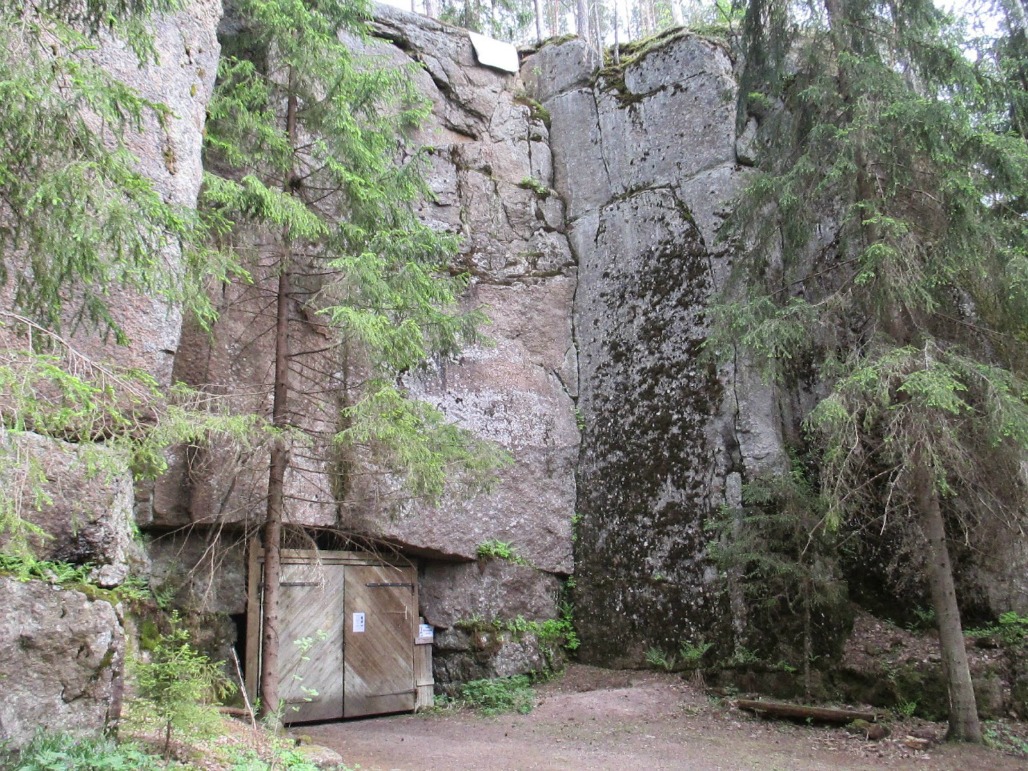
Photo: Jukka Siiskonen / willimiehen jäljillä
- Vahtivuori cave
Vahtivuori cave is 32 meters long and meant for 80 persons. On the side of the accommodation tunnel is a machine gun chamber, and on top of the rock is a hemispherical lookout shelter. Map.
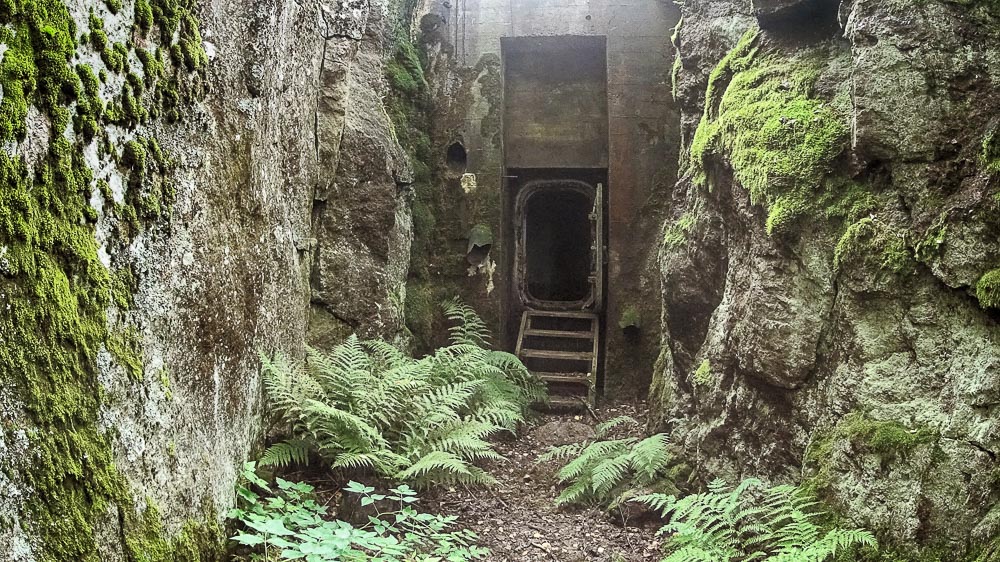
- Soikonvuori cave
The unfinished accommodation tunnel was excavated from the rock along with a dugout for two machine gun positions, where the walls and floors are covered in stearin and at one end stands a large wooden cross. It turns out that every year, a candlelit evening service is organised here. Map
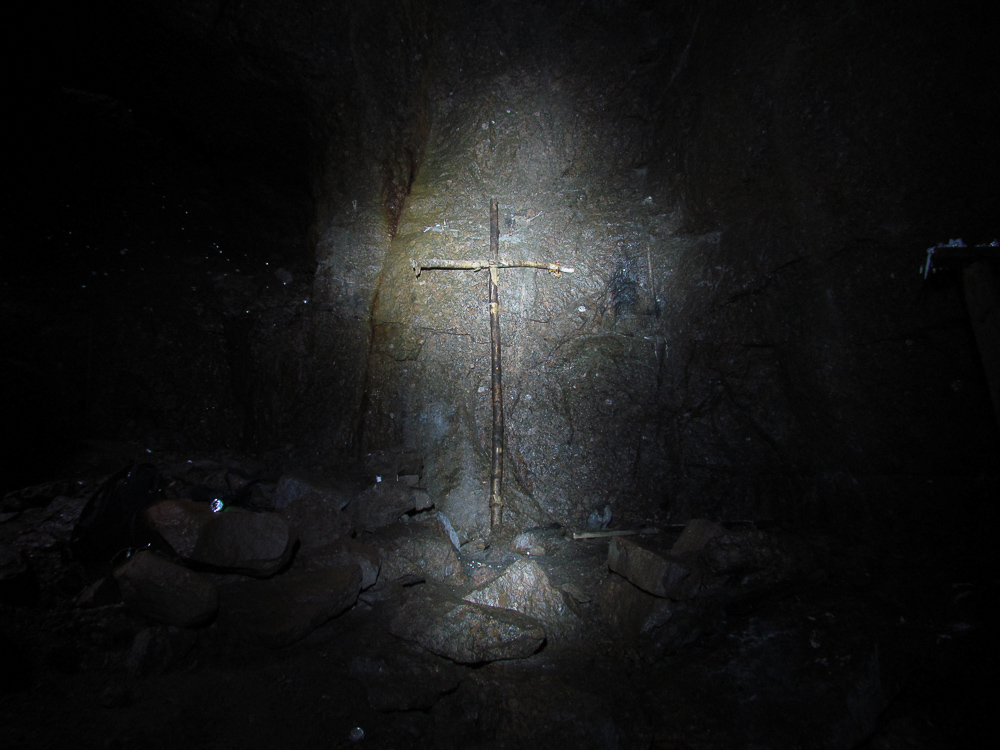
- Pallokorsu
A furnished round dugout, with pure white walls. It feels like being inside an eggshell. In the corner there is a small stove. and most of the space is taken up by a two-storey wooden gun carriage. Map
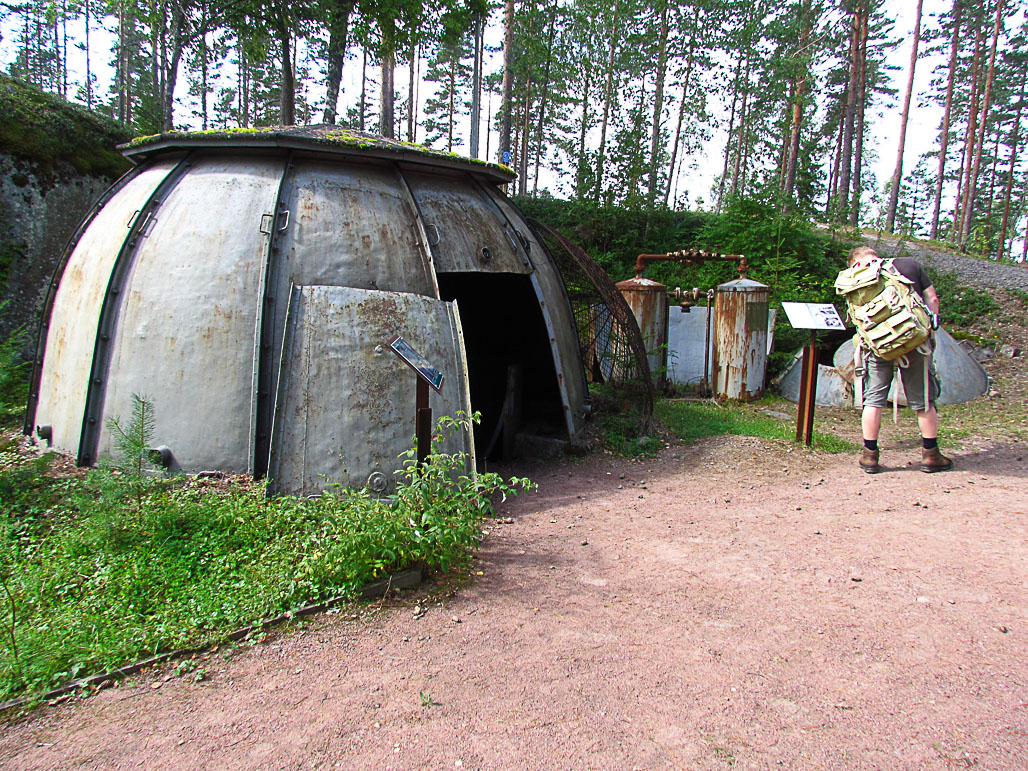
Things to note before a trip here
A wide range of guided day trips are organised on the Salpa Line. Services are provided by K-linnoiteretket and Korsumatkat Bunker Tours. In addition to these, a Salpa line hike is organised each year, where a small group of 10-15 participants can explore the terrain under the leadership of a trained guide.
If just walking or cycling along the Salpa trail, wear clothing appropriate for the weather and bring a packed lunch. In the summer be prepared for mosquitoes and other bugs, as well as vipers that might be found in the thickets.
In the dugouts there is no lighting. Entrances are generally low and thresholds high. Large chunks of rock can fall from cave walls and ceilings and there may be other things hanging down, such as barbed wire. For photographing in dingy spaces a tripod and separate flash could be useful.
Some sites are on private land, in which case you should be aware of and remember Finnish Everyman’s Right.
The Salpa Line fortifications are protected under the Antiquities Law and their alteration, concealment, excavation or any form of deformation or vandalism is prohibited without the permission of the National Heritage Board.
The world ‘Salpa’, means ‘locking bolt’. The fortification line was intended to be the ‘lock’ on Finland’s defence, the final barrier if the Russian’s would have continued west. However The Salpa Line never had to receive a war, as they didn’t make it that far.
Historical sources used for this article were the work ‘Matkalla Salpalinjalle’ and leaflets from the museum.
Article by Harri Leino. Photos by Harri Leino, Virpi Bordi and Janne Lumikanta. Translated by Becky Hastings.

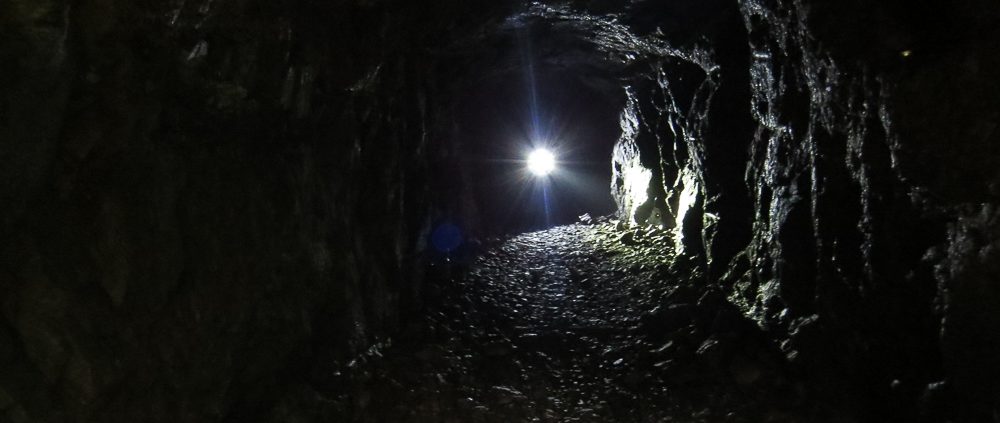



Leave a Reply
Want to join the discussion?Feel free to contribute!